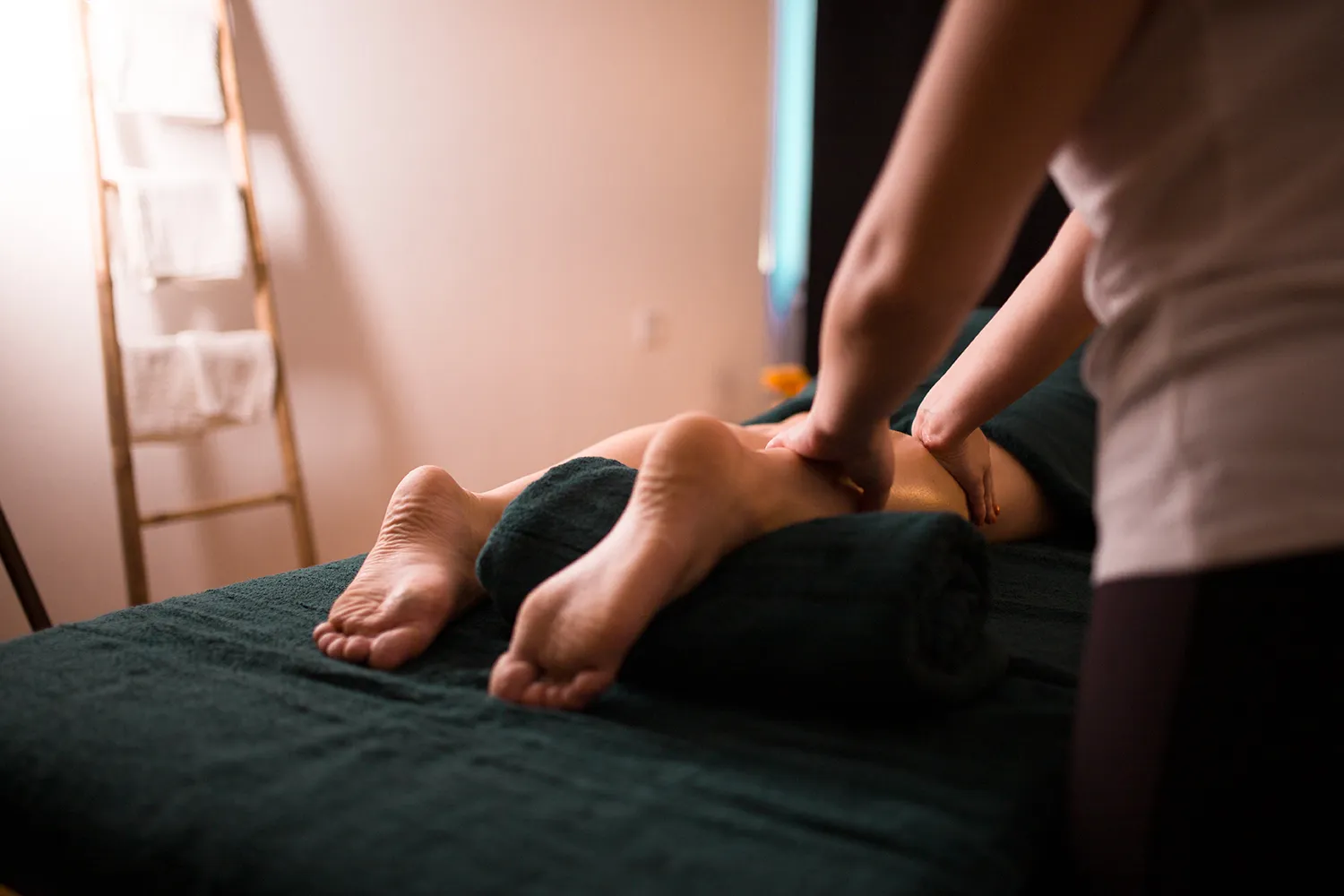Strength and Conditioning is the scientific training of maximising muscular strength as well as aerobic and anaerobic endurance.
Strength and Conditioning is about much more than just lifting weights. Strength and conditioning training encompasses the science of human movement, maximising the potential of that movement, and making it more robust and resilient. Strength and conditioning training offers diverse training methods and techniques that cater to a broad range of training goals. Key principles of strength and conditioning training include:
- Overload
- Functional Specificity
- Individuality
- Progression
- Recovery

For a muscle to get stronger, the load, intensity, frequency, or duration of training stimulus must increase. Whether training to optimise performance or for injury rehabilitation, strength training needs to be balanced, ensuring that all muscles in the kinetic chain are addressed. Too much overload too quickly will cause injury, while not having enough overload will result in progress stagnating. Performance will be maximised and injury risk reduced when a symmetry of strength and flexibility is achieved and maintained across opposing muscle groups.
The principle of functional specificity dictates that, to be most effective, strength training must be functionally relevant to the real-world activity that it is intended to improve. This functional specificity has many aspects and may incorporate replicating the real-world movement pattern and its planes of movement, a similar load, intensity, and duration.
The principle of individualisation recognises that every individual is unique and may respond differently to the same training stimulus. Therefore, all strength and conditioning training must be tailored to individual needs, goals, and abilities.
Our bodies are incredible machines when it comes to adapting to the demands of their environment. Therefore, the training stimulus must also increase over time to keep improving and benefiting from strength and conditioning training; otherwise, performance and improvement will plateau. The increase in training stimulus may take a variety of forms and may include increasing load, frequency, and duration, or it could also involve varying other factors such as the movement pattern, balance, timing, and coordination demands of the exercise.
Recovery is the most neglected aspect of training by both amateur and professional athletes. To maximise results, careful attention must be given to rest and recovery, not only during training sessions but also outside them. Adequate sleep and nutrition are vitally important to ensure the success of strength and conditioning training. Complementary recovery methods, such as regular massage and myotherapy, are also highly effective in aiding recovery, maintaining soft tissue health, and reducing injury risk.